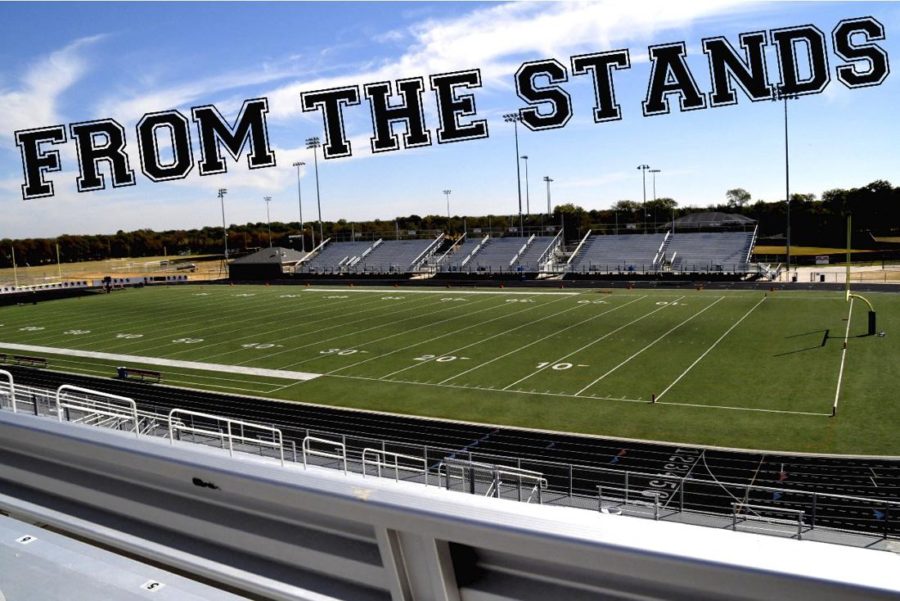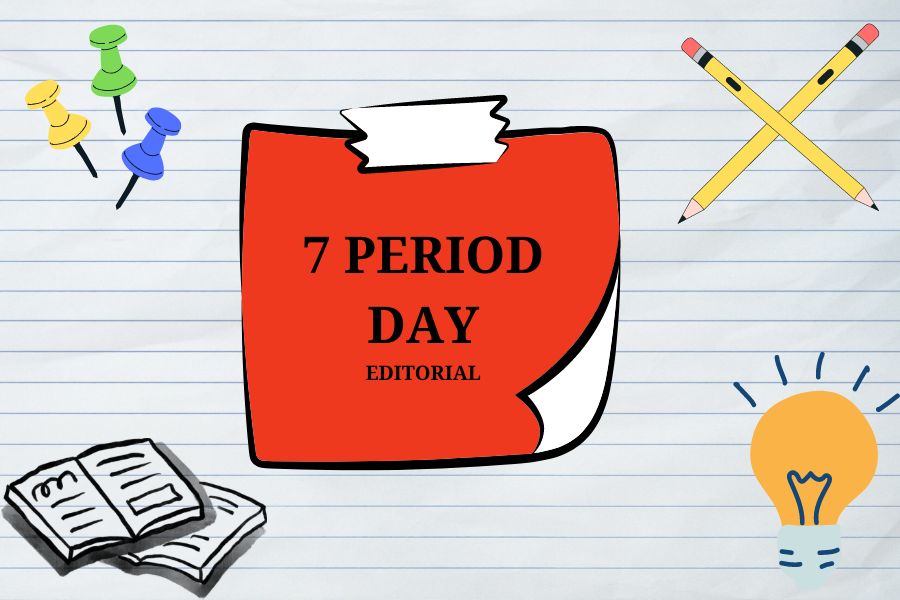Watching the first weekend of March Madness filled with buzzer beaters and upsets, I wondered why close high school playoff games rarely end the same way.
Really, it comes down to one thing. The shot clock.
The National Basketball Association limits teams to 24 seconds before the ball must touch the rim, otherwise it’s given to the other team. College basketball limits its players to 35 seconds. High school basketball has no limit.
What seems like a fairly reasonably progression, as high school players may take a little bit longer to set up their offense, it is sometimes employed by teams that just flat out can’t play basketball.
If they can limit games to minimal possessions and wait until they either get fouled or a shot that they can’t miss before they shoot, any good team is beatable, no matter how good their defense, and any bad team has a legitimate chance to win as long as they don’t turn the ball over.
The slow pace of the game some teams choose to play, utilizing this strategy to varying extents, deters fans from coming to the games. The up-tempo styles that would be forced to develop to adhere to the shot clock regulations would generate games that are more exciting and, in turn, would attract more fans.
Towards the ends of games, even good teams smartly decide to milk the clock and drag out their possessions so that the other team never has a chance to come back and win. That can make three or four point deficits in the finals minutes of the game nearly impossible to come back from, because they only have one or two chances to score, and that is usually only after the other team gets free throws or just could not pass up an easy shot.
When the Leopards faced off against the Argyle Eagles last week with about four minutes to go in the fourth quarter, Argyle began doing just that. The Leopards were only down by three at the time, but with scarce possessions the Leopards really did not stand a chance for a come from behind win. To make matters worse for Leopard nation, the Eagles won both of their regional semi-finals games by double-digit margins, to advance to the state tournament. With the implementation of a shot clock, the Leopards most would have had a fairer chance to move onto the regional semi-finals, instead of being ousted in the regional quarterfinals.
High school basketball does not need a 24-second shot clock, but a time restriction of around 35 to 40 seconds would be a significant step in the right direction. As the games are already short enough, only eight minutes per quarter, it is only fair to the players and the fans to ensure that they see more basketball than kids standing on the court playing keep away.
While some maintain that shot clocks are not reasonable in high school because coaches have limited amount of talent to deal with, that is true with all sports. High school football has a play clock, just like college football and professional football does, so why should high school basketball be treated that much more different than college and professional?
Others say the amount of money it would cost for every high school team to procure and install the clocks and then pay someone each game to man is too high. However, everything has an initial start-up fee and high school gyms do not need deluxe shot clocks nor do they need perfection when operating them. Just make the home team find a coach or someone with the aptitude to reset a few buttons each change of possession, and high school basketball will be renovated, for the better.
The enactment of a rule requiring the ball to touch the rim within a certain period of time would definitely change the way high school basketball is played. Players would gain valuable experience and the knowledge of how to play the game closer to a college and professional level, so that when they do graduate they will be able to be successful. Shot clocks would speed up the game, making it more enjoyable to watch for the fans, and allowing the better team to win the majority of the time. It simply is not fun watching players pass the ball for three or four minutes, eating up the clock, and guaranteeing that the other team never has a chance to shoot.















